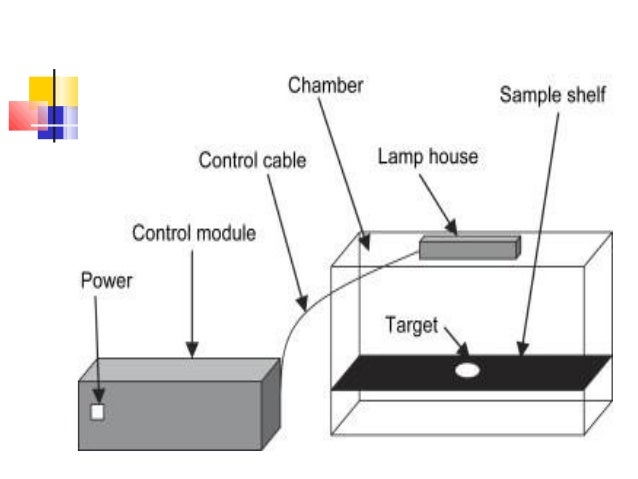
- #TYPES OF FOOD PROCESSING METHODS HOW TO#
- #TYPES OF FOOD PROCESSING METHODS MANUAL#
- #TYPES OF FOOD PROCESSING METHODS SERIES#

Night-crawlers and field worms found in gardens are not appropriate for vermiculture. The other byproduct of vermicomposting known as “worm tea” is used as a high-quality liquid fertilizer for houseplants or gardens. The castings can be used as potting soil. It typically takes three to four months to produce usable castings. The bins can be sized to match the volume of food scraps that will be turned into castings. One pound of mature worms (approximately 800-1,000 worms) can eat up to half a pound of organic material per day. Worm bins are easy to construct and are also available for purchase. The worms break down this material into high quality compost called castings. Red worms in bins feed on food scraps, yard trimmings, and other organic matter to create compost.
#TYPES OF FOOD PROCESSING METHODS MANUAL#
#TYPES OF FOOD PROCESSING METHODS HOW TO#
Learn how to create your own compost pile Things to Think About Animal products and large quantities of food scraps are not appropriate for onsite composting. Yard trimmings and small quantities of food scraps can be composted onsite. Composting can significantly reduce the amount of wasted food that is thrown away. Organizations that are going to compost small amounts of wasted food can compost onsite. Controlling the previous four factors can bring about the proper temperature. If the temperature does not increase, anaerobic conditions (i.e., rotting) occur. Microbial activity can raise the temperature of the pile’s core to at least 140° F. Certain temperatures promote rapid composting and destroy pathogens and weed seeds. Microorganisms require a certain temperature range for optimal activity. Care must be taken, however, not to provide too much oxygen, which can dry out the pile and impede the composting process. Aerating the pile allows decomposition to occur at a faster rate than anaerobic conditions.
#TYPES OF FOOD PROCESSING METHODS SERIES#
Turning the pile, placing the pile on a series of pipes, or including bulking agents such as wood chips and shredded newspaper all help aerate the pile.

Organic material contains some moisture in varying amounts, but moisture also might come in the form of rainfall or intentional watering.

Water is the key element that helps transports substances within the compost pile and makes the nutrients in organic material accessible to the microbes. Microorganisms living in a compost pile need enough moisture to survive. If the particles are too small, however, they might prevent air from flowing freely through the pile. Smaller particles also produce a more homogeneous compost mixture and improve pile insulation to help maintain optimum temperatures (see below). Grinding, chipping, and shredding materials increases the surface area on which microorganisms can feed. It is part of the art and science of composting. Obtaining the right nutrient mix requires experimentation and patience. “Brown” organic materials includes dry leaves, wood chips, and branches, which contain large amounts of carbon but little nitrogen. “Green” organic material includes grass clippings, food scraps, and manure, which contain large amounts of nitrogen. Feedstock and Nutrient BalanceĬomposting, or controlled decomposition, requires a proper balance of “green” organic materials and “brown” organic materials. There are five main areas that must be “controlled” during composting. You may also consider contacting a compostable waste hauler about designing your compost plan.


 0 kommentar(er)
0 kommentar(er)
